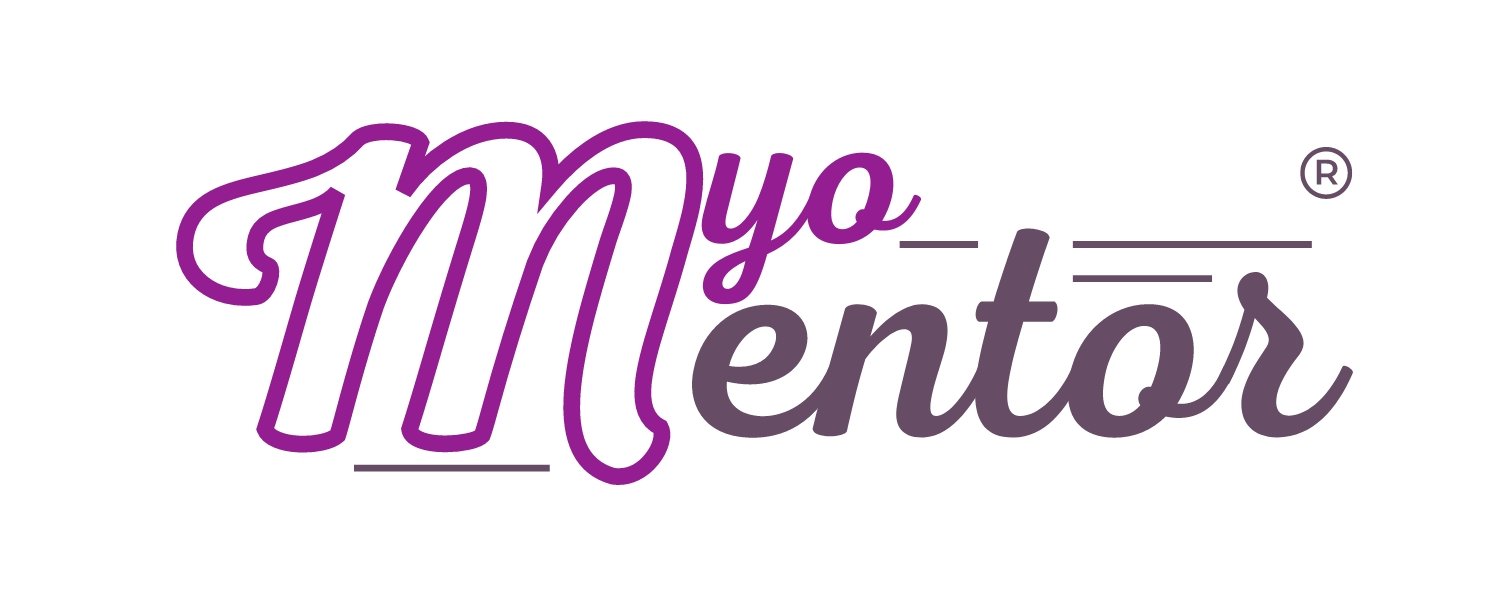Around five years ago, I was at a dinner party with some friends and acquaintances, and a lot of other people I didn’t know. As the people around me made small talk and snacked on appetizers, I could feel anxiety building in the pit of my stomach. As usual at these types of events, people were talking about their careers, and at some point I knew someone would ask me the question I dreaded most. And of course, someone did ask me exactly that:
“So what do you do?”
“Well, um…” I fumbled nervously, “I’m a dental hygienist.”
I was very aware that my answer wasn’t exactly true. I had quit clinical hygiene over a year ago, and had started a fledging myofunctional therapy practice that had transformed my life and career into something completely new and different from dental hygiene.
One of my good friends knew this too, and after the party, he pulled me aside and asked “Why don’t you ever tell people what you really do?”
“It’s just too difficult to explain.” I responded. “No one understands what myofunctional therapy is, and it’s much easier to avoid the explanation and funny looks.”
His reply stunned me: “But don’t you understand that you’re completely undermining yourself and missing opportunities by doing that? If you can’t even talk about what you do, then you probably shouldn’t be doing it. You should be proud of the business you’ve started, and the help you offer people. That’s something to shout about, not something to hide. You just need to come up with a good Elevator Speech.”
I was taken aback by my friend’s brutal honesty, but I knew it was true. I needed to be able to tell people about myofunctional therapy in a simple, concise but effective way. I decided to look into his advice.
So what exactly is an Elevator Speech?
An Elevator Speech is a short, carefully planned, and well-practiced description about yourself, your career, or your business that you could easily explain to anyone in the time it would take to ride up an elevator.
It’s almost like a commercial about who you are, what you do, and how you can benefit a company or organization – in my case a potential patient or referring doctor.
I believe a good Elevator Speech is crucial for every myofunctional therapist who wants to have a successful career. Think about this example:
You’re at the airport and you suddenly run into a dentist you used to work for. After exchanging pleasantries, she asks you where you’re working these days. You open your mouth, and then pause because the answer isn’t so easy. Where on Earth do you start?
Then, as you try to organize your thoughts, her flight is called, and she's on her way. If you'd been better prepared, you're sure that she'd have stayed long enough to exchange information and organize a lunch meeting to learn more about myofunctional therapy.
This is just one situation where having a prepared response could have led to a potential new career opportunity and business connection.
Now, this time, imagine having an Elevator Speech about myofunctional therapy ready to go. You might respond this way instead:
“I’m actually not doing hygiene these days, I’m now a myofunctional therapist. I work with patients who have health issues related to mouth breathing, tongue-tie and tongue thrust. I teach them swallowing, eating, drinking and breathing exercises, and the results I get are pretty amazing.”
“Have you ever heard of myofunctional therapy?”
“Let me give you my card. I’d love for you to check out my website, or maybe we could meet for lunch sometime if you’d like to find out more about my practice?”
Now that you can understand how an Elevator Speech might sound, and you can see the reasons for having one, it’s time to come up with an Elevator Speech of your own. I’ve broken it down into three components for you:
1. Make it interesting and clear – define what you do in your own words
2. Keep it simple but precise – make sure that you explain how you add value and benefit others
3. End with a question and a call to action – always try to exchange information
A good Elevator Speech is one of the key components to a successful myofunctional therapy career. How many business opportunities are you missing because you don’t have a prepared response to questions about your practice or career?
Elevator Speeches are just one of many components to success that I cover in my mentoring programs, so I’m hoping that the information in this article will be beneficial to you as well. Now get out there and make some new connections! :)


